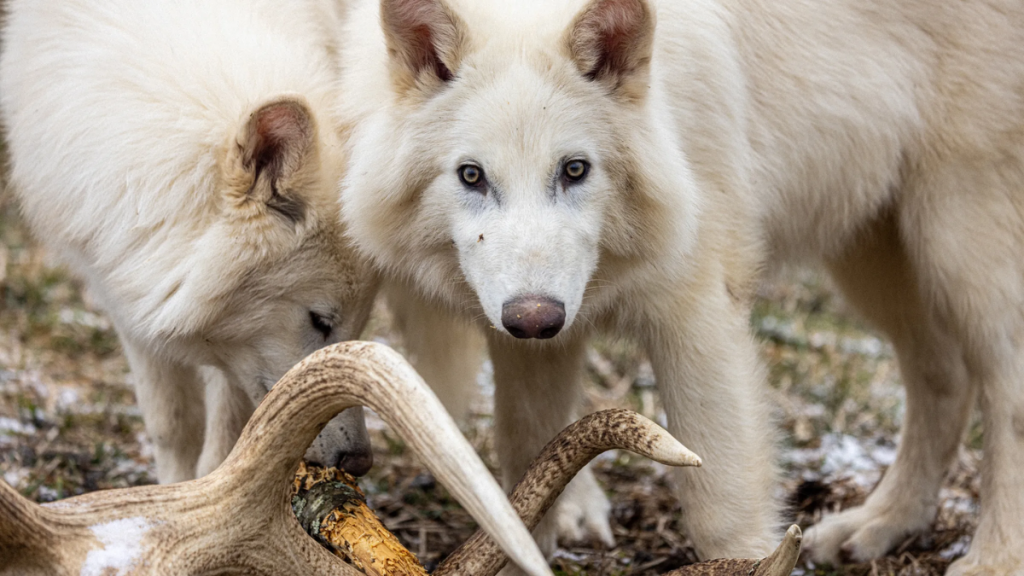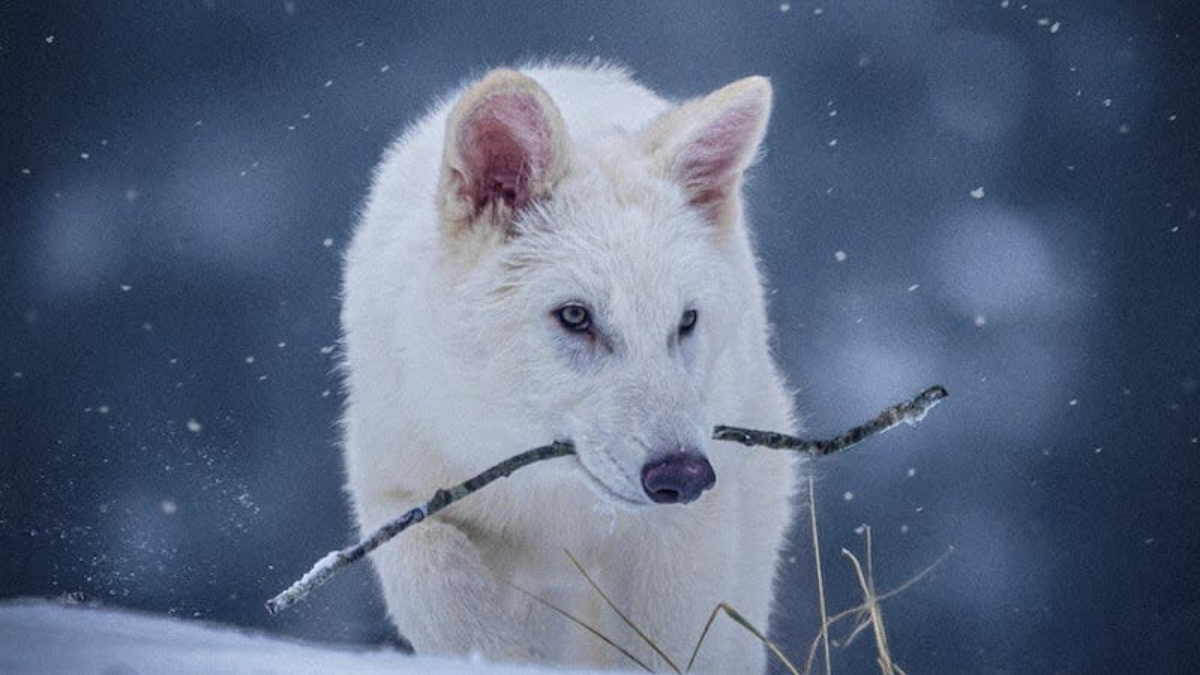INDIANAPOLIS, IN — In an astonishing fusion of cutting-edge science and ancient history, Indiana researchers are helping to lead a groundbreaking initiative to resurrect the long-extinct dire wolf, a species that roamed North America over 12,000 years ago.
This pioneering effort—once thought to belong strictly in the realm of science fiction—is becoming reality, with the Hoosier State playing a key role.
The initiative, led by geneticists, evolutionary biologists, and government-backed laboratories, aims to bring back Canis dirus, better known as the dire wolf, through a process known as de-extinction.
Scientists are working with ancient DNA recovered from fossilized remains, and Indiana’s robust biotech infrastructure has become a central hub in the effort.
Ancient DNA and Cutting-Edge Tech
At the heart of this project is the use of genome sequencing technology, which has advanced rapidly over the past decade.
Scientists at Indiana University and partnering institutions have managed to extract usable DNA samples from dire wolf fossils discovered in tar pits and permafrost across North America.
Although the DNA was degraded due to age, teams at Indiana’s Genome Institute have used high-throughput sequencing to fill in the genetic gaps, using comparative analysis with modern canines like wolves and coyotes.
“This isn’t just about cloning,” said Dr. Hannah Price, a lead geneticist at Indiana University’s School of Medicine. “We’re talking about carefully editing the genome of a closely related species to express traits that resemble the dire wolf. It’s extremely precise.”
Why Indiana?
Indiana may not be the first state that comes to mind in the realm of genetic science, but it has quietly become a biotechnology powerhouse. Through collaboration with state-funded research programs, including those overseen by the Indiana Economic Development Corporation, the state has made significant investments in biosciences and genetic engineering.
The state’s central location, access to top-tier universities, and expanding biotech corridors in cities like Indianapolis and Bloomington have made it a strategic partner in this initiative.
Furthermore, Indiana’s Department of Natural Resources is actively involved in discussions about possible future habitat restoration. You can find more information about their conservation efforts on the IN DNR website.
From Fossils to Living Specimens
The dire wolf was long thought to be closely related to the gray wolf, but a 2021 study revealed that it was, in fact, a genetically distinct species. This revelation complicated the resurrection process, as it meant existing wolf species were less suitable for simple cloning.
Using CRISPR gene-editing technology, scientists are now engineering cells that contain a majority of dire wolf DNA. These cells are then implanted into surrogate species—most likely large dog breeds or wolves—that can bring the genetically edited embryos to term.
According to experts from the National Institutes of Health, this approach is at the frontier of synthetic biology, posing both tremendous potential and ethical considerations.
The Ethics of De-Extinction
While the science is exciting, the idea of resurrecting a species that went extinct at the end of the Pleistocene epoch is not without controversy. Critics question the environmental risks, animal welfare implications, and the allocation of resources that could otherwise go to conserving currently endangered species.
“These are not just pets we’re reviving,” said Dr. Michael Tran, a conservation ethicist based in Fort Wayne. “They were apex predators, and reintroducing them into modern ecosystems must be done with extreme care—if at all.”
Still, proponents argue that the dire wolf could play a significant role in ecological restoration. In theory, their presence could help rebalance ecosystems that suffer from overpopulation of prey species due to the absence of large carnivores.

Future Implications
The project is still in its early stages, with no live dire wolves yet born. However, scientists anticipate that viable embryos could be created within the next five years. If successful, Indiana could one day house the first new generation of dire wolves in more than 12 millennia.
The initiative also opens doors for similar de-extinction projects, including those targeting the woolly mammoth and passenger pigeon. Indiana’s leading role in this effort could pave the way for even greater scientific and environmental breakthroughs.
For now, researchers remain cautiously optimistic. “There’s still a long road ahead,” said Dr. Price. “But what we’re doing here is historic. Indiana isn’t just witnessing science fiction become science fact—we’re writing that future.”
Conclusion
Indiana’s key role in resurrecting the dire wolf underscores its emergence as a center for innovation and discovery. By blending ancient biology with modern biotechnology, the state is at the forefront of a bold new scientific era.
Whether dire wolves will one day roam again remains to be seen—but thanks to Indiana, that possibility is no longer confined to the past.
Disclaimer – Our team has carefully fact-checked this article to make sure it’s accurate and free from any misinformation. We’re dedicated to keeping our content honest and reliable for our readers.
